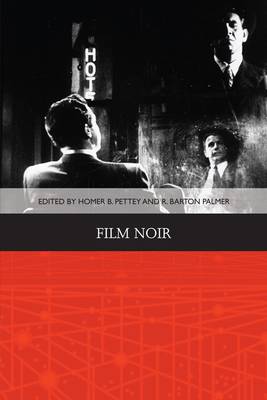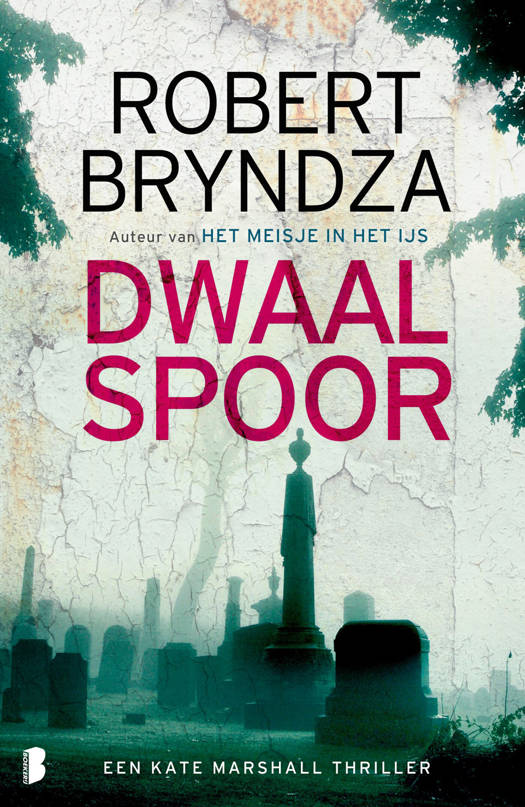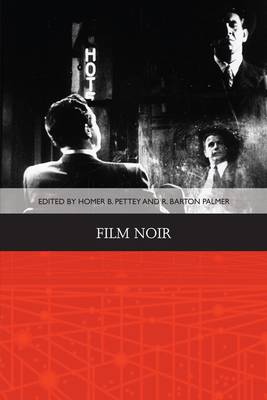
- Afhalen na 1 uur in een winkel met voorraad
- Gratis thuislevering in België vanaf € 30
- Ruim aanbod met 7 miljoen producten
- Afhalen na 1 uur in een winkel met voorraad
- Gratis thuislevering in België vanaf € 30
- Ruim aanbod met 7 miljoen producten
Omschrijving
Explores the development of film noir as a cultural and artistic phenomenon. This book traces the development of what we know as film noir from the proto-noir elements of Feuillade's silent French crime series and German Expressionism to the genre's mid-twentieth century popularization and influence on contemporary global media. By employing experimental lighting effects, oblique camera angles, distorted compositions, and shifting points-of-view, film noir's style both creates and comments upon a morally adumbrated world, where the alienating effects of the uncanny, the fetishistic, and the surreal dominate. What drew original audiences to film noir is an immediate recognition of this modern social and psychological reality. Much of the appeal of film noir concerns its commentary on social anxieties, its cynical view of political and capitalist corruption, and its all-too-brutal depictions of American modernity. This book examines the changing, often volatile shifts in representations of masculinity and femininity, as well as the genre's complex relationship with Afro-American culture, observable through noir's musical and sonic experiments.
Key features
Traces the history of film noir from its aesthetic antecedents through its mid-century popularization to its influence on contemporary global mediaDiscusses the influence of literary and artistic sources on the development of film noirIncludes extensive bibliographies, filmographies and recommended noir film viewingConcludes with a reflective chapter by Alain Silver and James Ursini on their own influential studies and collections on film noir criticism
Specificaties
Betrokkenen
- Uitgeverij:
Inhoud
- Aantal bladzijden:
- 240
- Taal:
- Engels
- Reeks:
Eigenschappen
- Productcode (EAN):
- 9780748691074
- Verschijningsdatum:
- 11/11/2014
- Uitvoering:
- Hardcover
- Formaat:
- Genaaid
- Afmetingen:
- 155 mm x 236 mm
- Gewicht:
- 539 g

Alleen bij Standaard Boekhandel
Beoordelingen
We publiceren alleen reviews die voldoen aan de voorwaarden voor reviews. Bekijk onze voorwaarden voor reviews.











